What is Open Web Mind?
Well, here are a few clues...
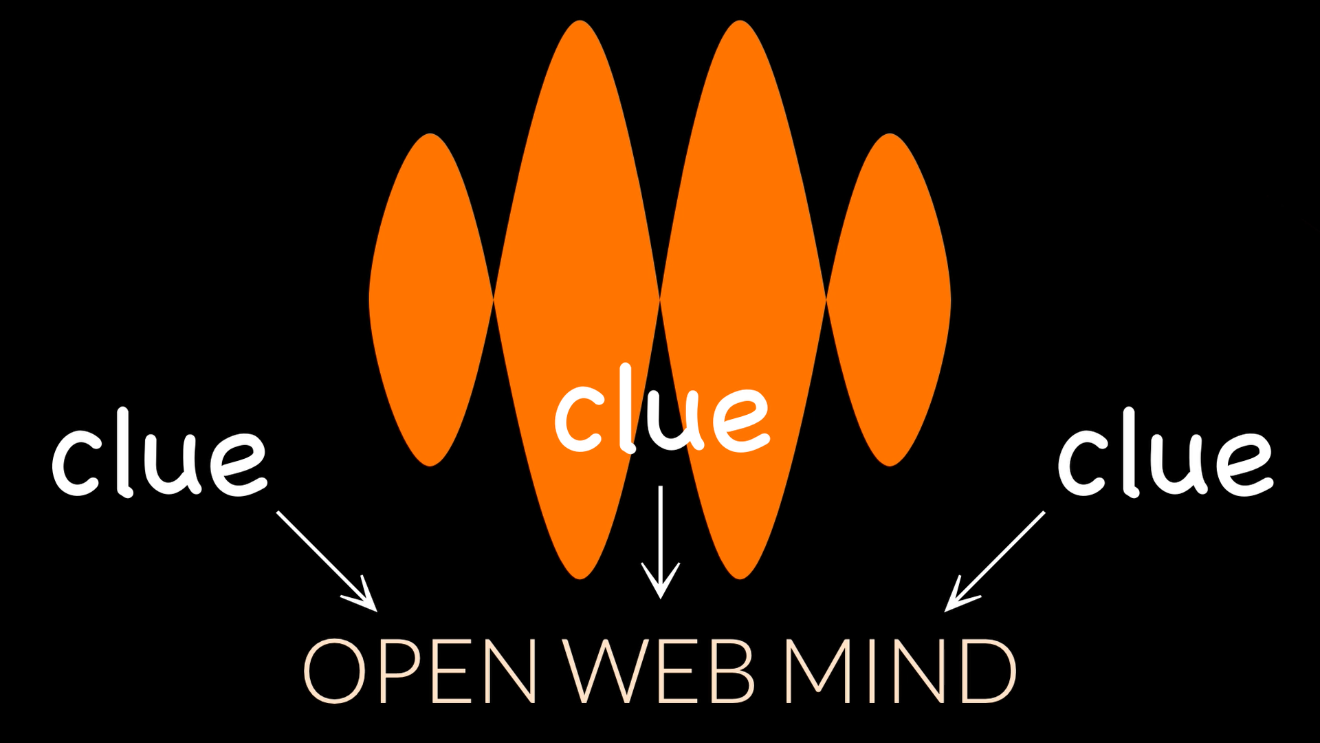
Open Web Mind is a radical reinvention of the way we capture, explore and share our knowledge.
Here, in seven words, is the essence of Open Web Mind.
1. Open
Open Web Mind is open.
Not open in the way some projects are open...
...you know, the kinds of projects that promise to be open but prove to be less than open.

No, Open Web Mind is open in the way the web is open.
It’s a protocol for shared human intelligence.
A protocol, you know, like HTTP, like HTML.
And as a protocol, it can’t be closed down.
Not won’t be closed down.
Can’t be closed down.
2. Web
Have you noticed how much better the web has gotten in the last 20 years?
No?
Me neither.
Web 2.0 was certainly an improvement over the early web.
But Web 2.0 happened 20 years ago.
Since then?
Nothing.
I don’t know about you, but I’m kinda tired of the old web paradigm.
You search.

You get a list of 10 links.

You click on one.
You read some text, probably written by an AI.
If you think that’s the way the web has to be, then your mind’s going to be blown by Open Web Mind.
3. Mind
Open Web Mind is a mind.
It captures human knowledge:
not in words and articles, like Wikipedia or the rest of the web;

nor in fields and values, like Open Street Map or any other database;
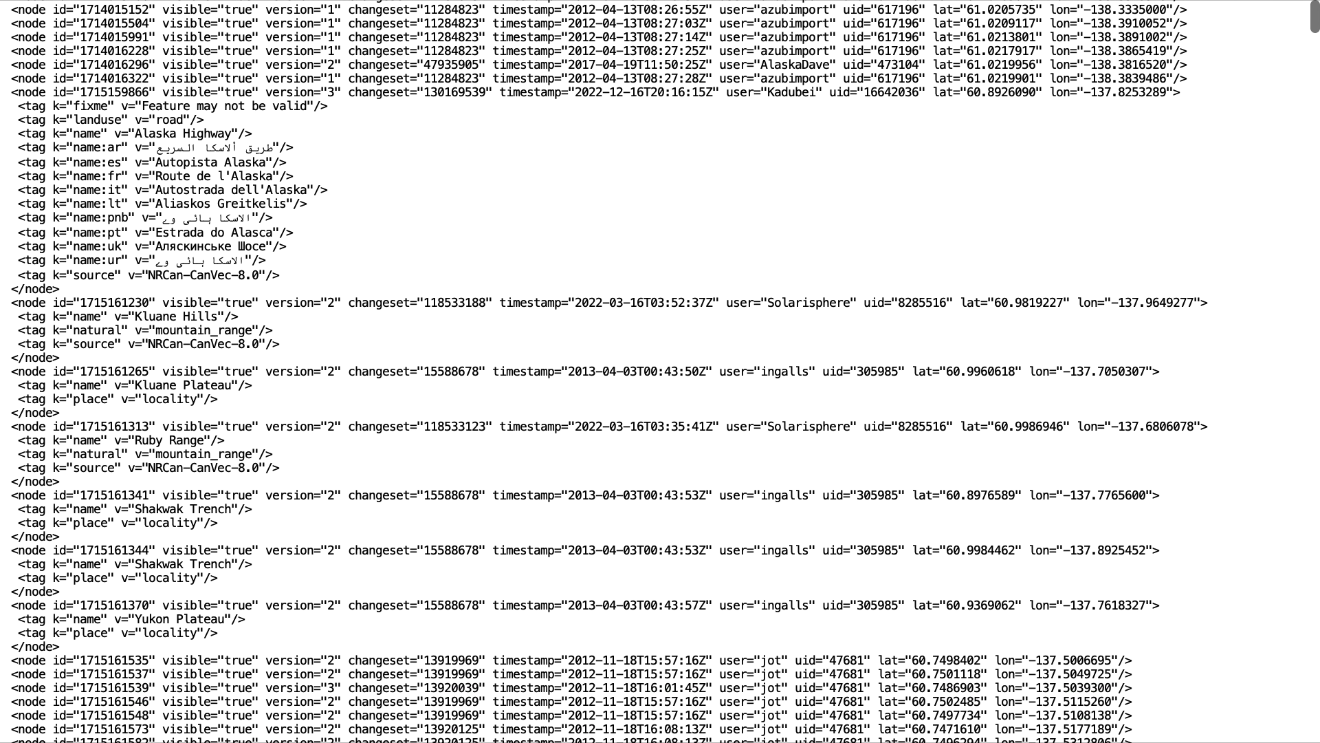
but in ideas and connections...

...like the neurons of the human brain.

As you flow between ideas in Open Web Mind, the connections between those ideas are strengthened. Again, just like the connections between neurons in the human brain.

Open Web Mind learns in the same way that the human mind learns.
4. Meld
Actually, Open Web Mind isn’t one mind, it’s a billion minds.
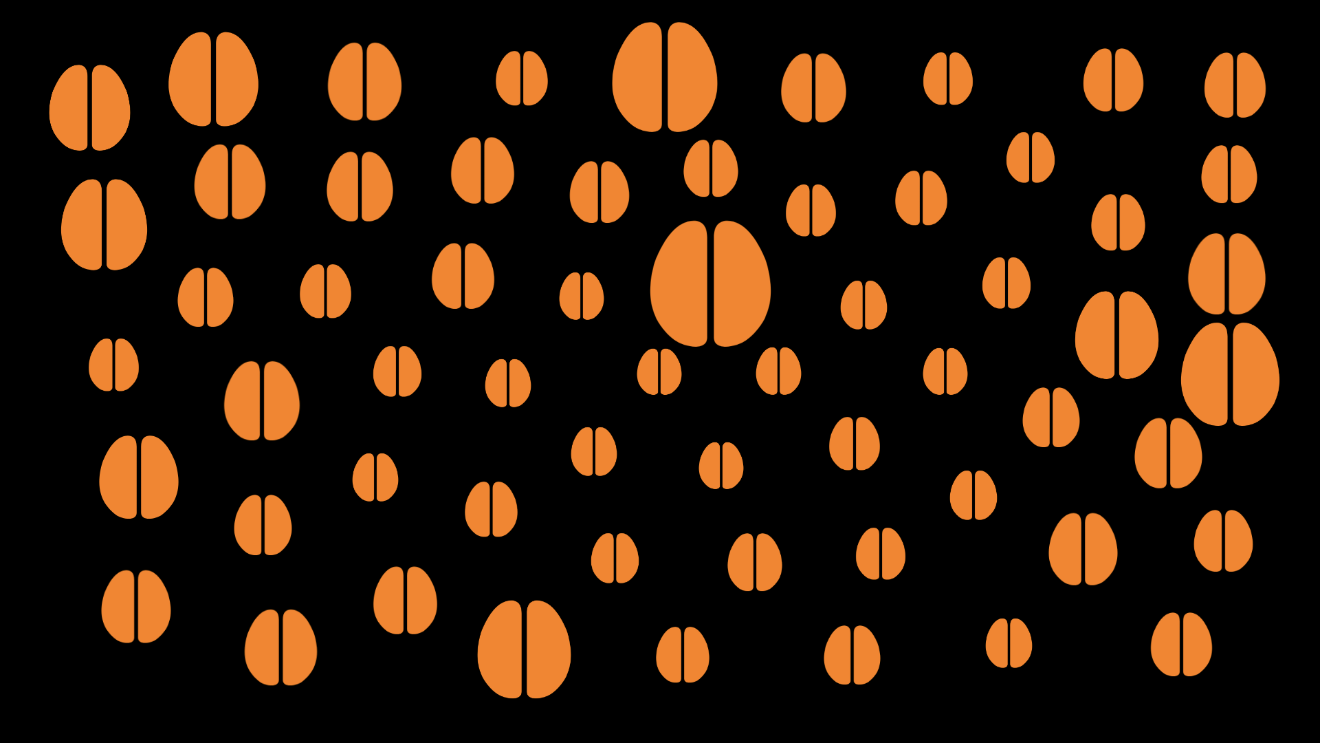
It’s your mind.
It’s my mind.
It’s your friends’ minds, your colleagues’ minds, your collaborators’ minds.
Who’s your favourite writer? Who’s your favourite podcaster?
It’s their minds.
Your favourite entrepreneur? Your favourite comedian?
It’s their minds too.
Which publications do you read? Which authorities do you trust? Which communities do you follow?
It’s their collective minds too.
You can meld your own mind with any of these minds, if you choose, if they choose.
That way, you can benefit from their collective wisdom, and they can benefit from yours.
5. Human
Open Web Mind isn’t artificial intelligence, it’s human intelligence.

AI’s all very well.
I mean, those Large Language Models are pretty clever, aren’t they?
You can give an LLM a few words...
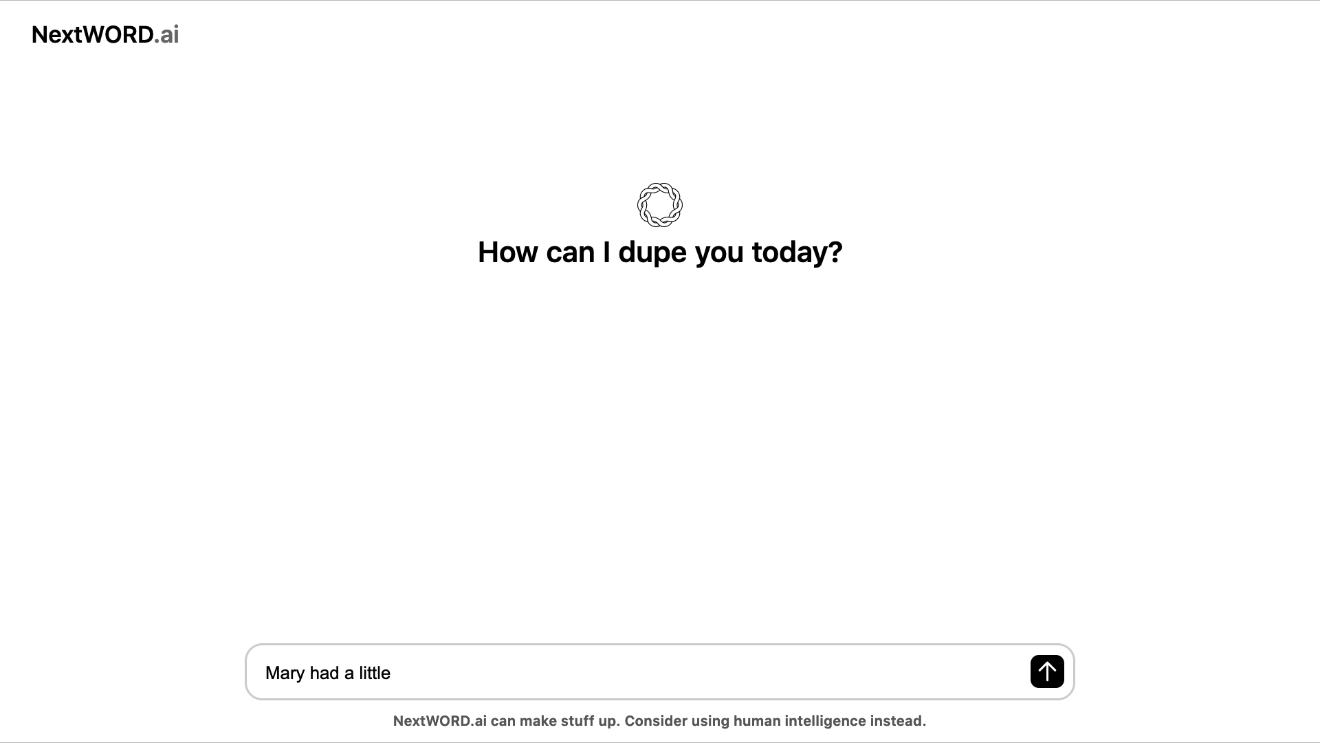
...and it’ll tell you the most likely next word, based on all the nonsense it has read on the web.
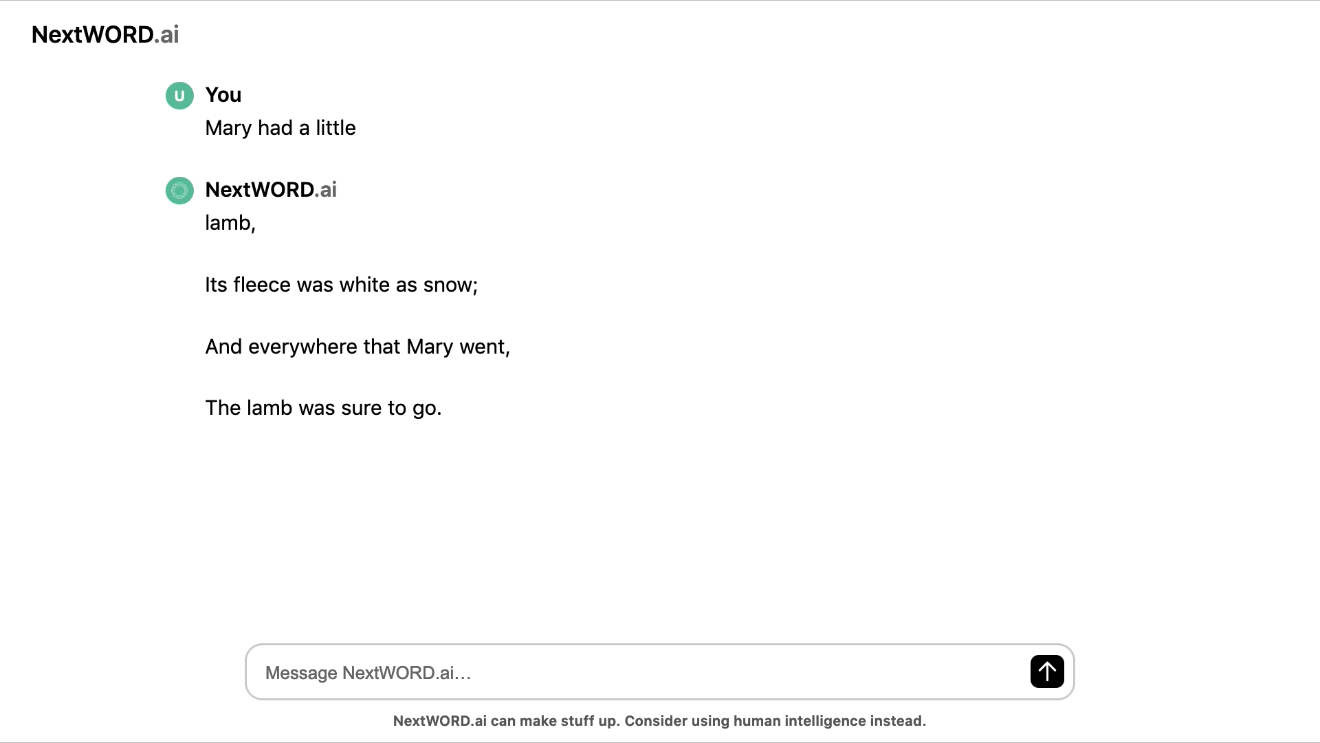
If it hasn’t read any relevant nonsense, it’ll just make it up.
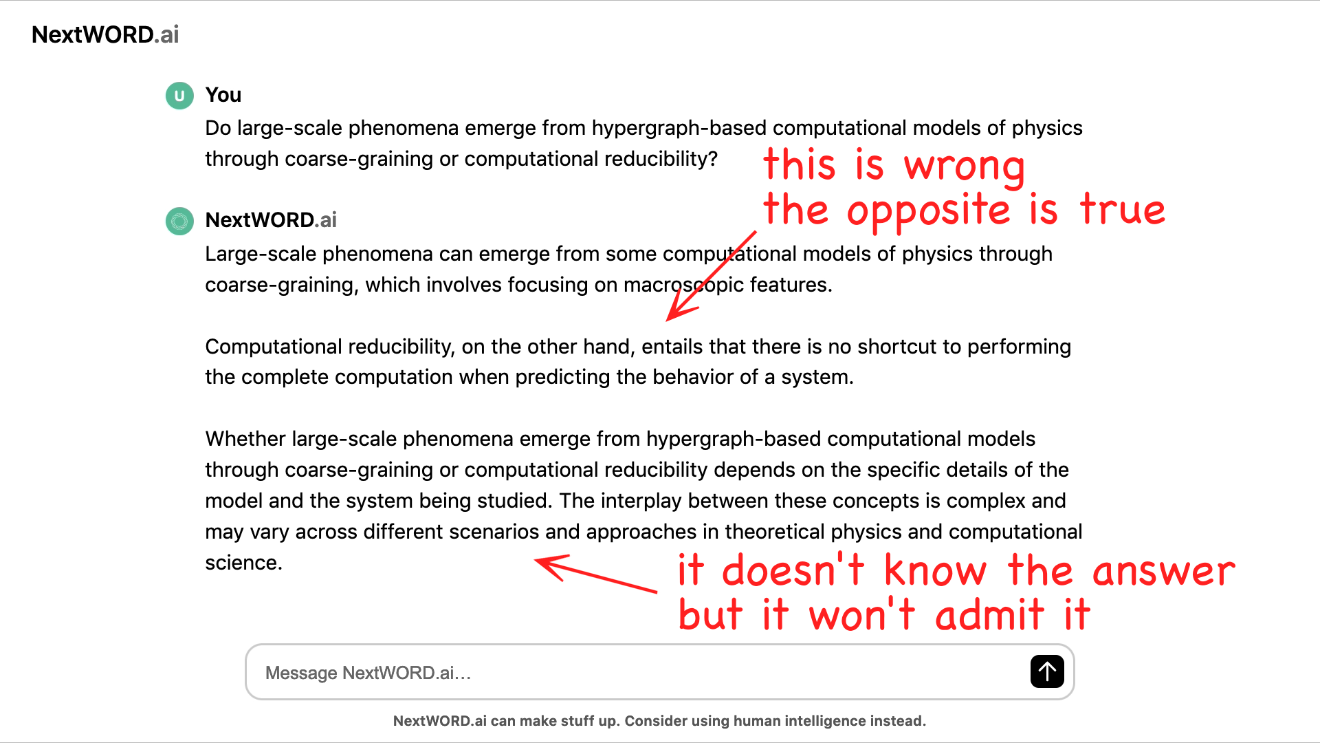
Let’s be clear: LLMs don’t hallucinate. To be able to see falsely, you need to be able to see truly. And LLMs don’t see at all.
I’m not much interested in artificial intelligence.
I’m interested in human intelligence.
That’s what’s captured in Open Web Mind.
6. Build
Humans can use Open Web Mind to explore human knowledge.
Computers, too, can tap into Open Web Mind to access all human knowledge.
There has never been an all-encompassing API for knowledge.
Now there is.
If you’re a software developer, you can use the Open Web Mind flow protocol to build human intelligence into any technology you can imagine.
7. Flow
So how do you think in Open Web Mind?
Visually.
You find a starting point by typing or talking.

From there, you flow from idea to idea, effortlessly.

Open Web Mind is made for spatial computing.

With the right device, you can follow connections with a gesture or a glance.
It’s as if you were inside your own mind...
...inside the minds of the people you admire...
...inside the minds of the communities you follow...
...inside a collective mind that’s more than you alone can imagine.
Welcome to humanity’s mind.







